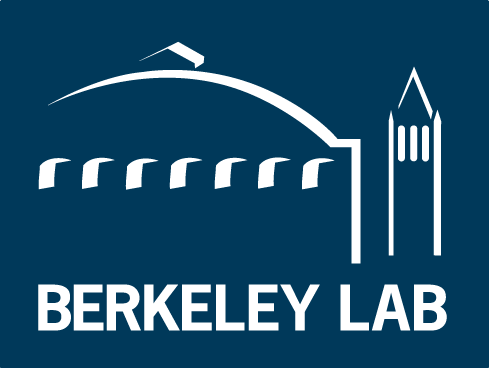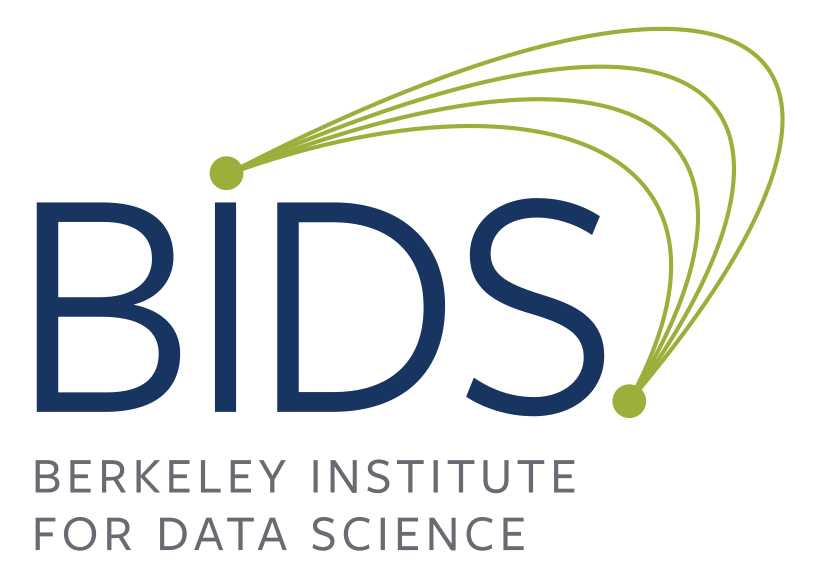Research¶
I come from a theoretical physics and applied mathematics background, with a strong interest in building better tools for scientific computing. Here is a brief description of topics I am currently interested in, with links to relevant publications.
Neuroscience and scientific computing¶
Briefly stated, today my work revolves at the intersection of algorithmic development for neuroscience data analysis and scientific computing. I am interested in mathematical methods that let us understand the structure of brain function in a principled way from the data we can acquire today non-invasively, and in the implementation of these ideas with open-source, high-quality, well-documented and pleasant to use computational tools.
The main technique we use at the U.C. Berkeley Brain Imaging Center is functional Magnetic Resonance Imaging (fMRI), but I am in general more interested in the structure that we can extract from the data that in the particular technique being used, as I’m convinced that we’ll learn much more about the system by combining multimodality data in a principled way.
I am collaborating with members of Mark D’Esposito’s lab on the analysis of several different types of resting state data, and in the process we are developing new software tools that will be made available as part of the open-source NiPy project. I also collaborate with Michael Silver’s lab, and currently Ariel Rokem is leading the effort on the development of a library for the analysis of time-series data. This is the nitime project, another component of nipy. The following is a preprint of our recent paper on this topic from the SciPy‘09 conference (you can also see the slides of Ariel’s talk):
Paper
A. Rokem, M. Trumpis, F. Pérez, Nitime: time-series analysis for neuroimaging data, Proceedings of the 8th Python in Science Conference (SciPy 2009). Bibtex.
These computational projects are part of my interest in the development of modern, high-quality tools for scientific computing that take advantage of the best practices from the open source revolution in software development and bring them to computational research.
In the last couple of decades, but increasingly so in the last few years, all scientific disciplines have been tossed into the deep end of the computational pool, often while not being too well prepared for the dip. Up until the end of the XX century, scientific computing was mostly the domain of physicists, chemists and engineers. Fortran and C dominated the scene, and for the most part scientific computing was synonymous with high-end numerical analysis. But now, all disciplines are drowning in quantitative data and need to develop a culture of scientific computing. Fortunately the revolution in open source (made possible by the opening of the Internet in the late 90’s) has created a lot of freely available tools, and a culture of how to use them and develop them, that is causing lasting changes in scientific computing.
I believe that as discipline-focused scientists we have much to learn from these developments, and I am trying to do my part in advancing the state of the art on this problem, which I believe to be one of major importance. Since late 2001, I have been actively involved in developing tools of this kind based on the Python programming language. I started the IPython project to build an interactive environment I could use for my everyday work, inspired by the tools I was accustomed to as a physicist, especially Mathematica and IDL. I’ve also contributed in various forms to NumPy, SciPy, matplotlib and Mayavi, all tools that combined give us today an amazing array of computational functionality based on the excellent qualities of Python as a programming language. Here are two publications on this topic:
Papers
F. Pérez, H-P. Langtangen and R. LeVeque, Python for Scientific Computing at CSE09, SIAM News, 42:5, 4 (2009). Bibtex entry. (An html version is available at the SIAM site).
F. Pérez and B. E. Granger. IPython: a System for Interactive Scientific Computing, Comput. Sci. Eng. 9:3, 21-23 (2007).
You can find more details on the use of Python for scientific computing and my work on this front.
New algorithms for PDEs and the Schrödinger equation¶
As a post-doc in the Applied Mathematics department at the University of Colorado (Boulder) I worked with prof. Gregory Beylkin on the development of novel algorithms for the solution of partial differential equations (PDEs) in multiple dimensions. These methods use a multiresolution approach to decompose functions and operators and a set of approximations from the familiy of methods broadly referred to as “tensor decompositions” that G. Belkyin developed in collaboration with Lucas Monzón and prof. Martin Mohlenkamp, to address the “curse of dimensionality”. In this formulation, PDE problems are handled in an integral formulation (which has a number of advantages) since we now have an efficient way of applying Green’s functions.
The long-term goal of this effort is the development of accurate and efficient methods to solve the many-electron Schrödinger equation, and we made some theoretical and numerical progress on this front as well.
Papers
G. Beylkin, M. J. Mohlenkamp and F. Pérez, Approximating a Wavefunction as an Unconstrained Sum of Slater Determinants, Journal of Mathematical Physics, 49, (2008).
G. Beylkin, V. Cheruvu and F. Pérez, Fast adaptive algorithms in the non-standard form for multidimensional problems, Applied and Computational Harmonic Analysis, 24 (2008) 354–377.
G. Beylkin, M. J. Mohlenkamp and F. Pérez, Preliminary results on approximating a wavefunction as an unconstrained sum of Slater determinants, Proc. Appl. Math. Mech., 7, (2007).
The attic¶
The following is an archive of projects I have worked on in the past and I am no longer actively pursuing. It turns out, however, that my current interest in the structure of neuroimaging datasets ties in closely with the problems in semi-classical chaos listed here, via questions on the highly excited eigenstates of the Laplacian operator. So I may end up returning to at least some of these topics that I actually hold very dear.


